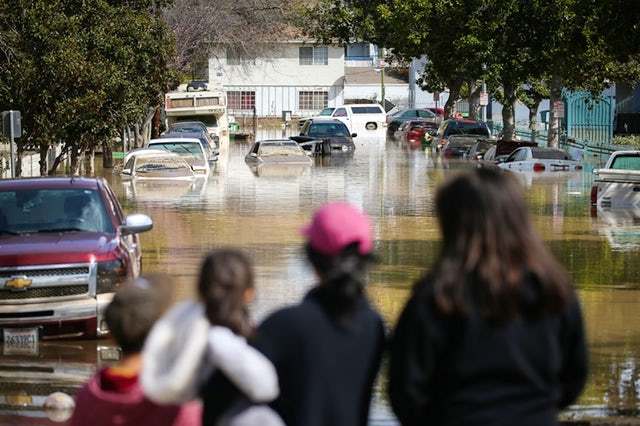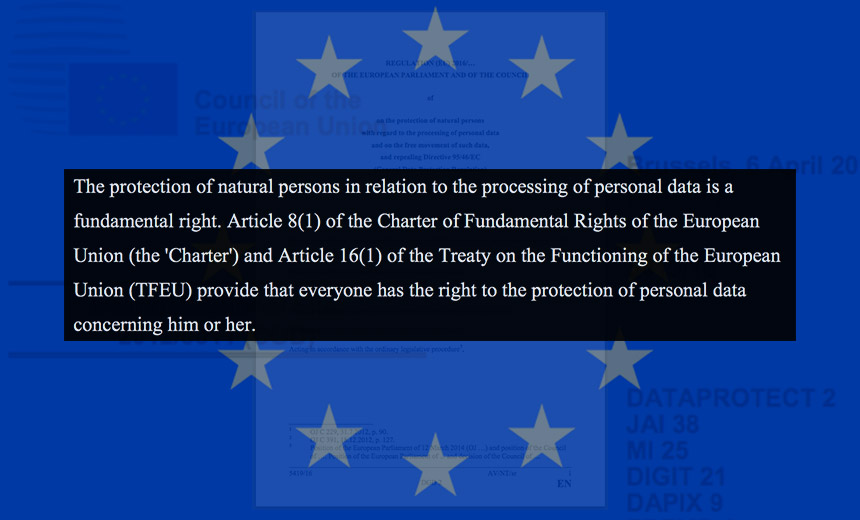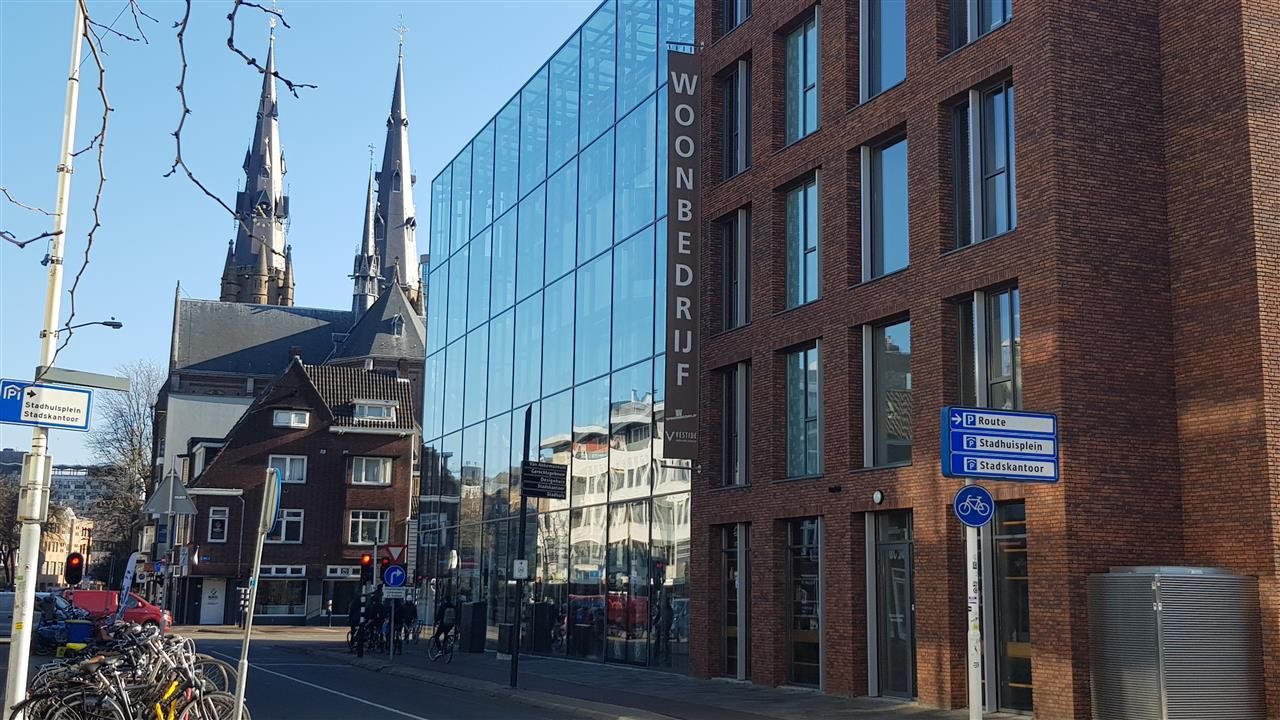New Report Reveals Dangerous Climate Whiplash In Cities Globally

Table of Contents
The Defining Characteristics of Urban Climate Whiplash
Climate whiplash, in the context of urban environments, refers to the increasingly frequent and intense oscillations between contrasting extreme weather conditions. Cities, unfortunately, exacerbate these effects due to the urban heat island effect (where built-up areas are significantly warmer than surrounding rural areas), limited green spaces that reduce natural cooling and water absorption, and often inadequate infrastructure designed for a more predictable climate. This creates a perfect storm for amplified climate whiplash impacts.
- Rapid transitions between heatwaves and extreme cold: Cities experience dramatic temperature swings, placing immense stress on both infrastructure and human populations.
- Sudden shifts from drought to intense rainfall and flooding: Impermeable surfaces in cities hinder water absorption, leading to flash floods after periods of drought, overwhelming drainage systems.
- Increased frequency of severe storms and high winds: Dense urban environments can channel wind, increasing the destructive power of storms and causing significant damage.
- Disruptions to essential services (water, power, transportation): Extreme weather events frequently disrupt water supplies, power grids, and transportation networks, causing widespread inconvenience and economic losses.
Impacts of Climate Whiplash on Urban Infrastructure and Services
The economic and societal costs of climate whiplash on urban infrastructure are staggering. Repeated exposure to extreme weather events leads to significant damage to roads, bridges, buildings, and power grids, requiring costly repairs and replacements. This damage goes beyond the immediate financial burden, causing widespread societal disruption.
- Increased strain on water management systems: Rapid shifts between drought and intense rainfall overload water treatment plants and drainage systems, leading to contamination and service disruptions.
- Damage to transportation networks, leading to delays and disruptions: Flooding, landslides, and high winds damage roads, railways, and airports, crippling transportation systems and impacting businesses and commuters.
- Power outages and energy insecurity: Extreme weather events frequently damage power lines and substations, leading to prolonged power outages and energy insecurity.
- Increased risk of disease outbreaks due to water contamination and sanitation issues: Flooding and disruptions to sanitation services increase the risk of waterborne diseases and other health hazards.
Vulnerable Populations and Climate Whiplash
Climate whiplash disproportionately affects vulnerable populations, exacerbating existing inequalities. Low-income communities, the elderly, children, and people with disabilities are particularly susceptible to the health and economic consequences of these extreme weather events.
- Increased heat-related illnesses and deaths among vulnerable groups: The elderly and those with pre-existing health conditions are more vulnerable to heatstroke and other heat-related illnesses during heatwaves.
- Displacement and homelessness due to extreme weather events: Extreme weather events can destroy homes and displace populations, leading to homelessness and further hardship.
- Exacerbation of existing health inequalities: Climate whiplash worsens existing health inequalities, particularly in communities with limited access to healthcare and resources.
- Loss of livelihoods and economic hardship: Disruptions to businesses, agriculture, and transportation caused by extreme weather events can lead to job losses and economic hardship.
Mitigation and Adaptation Strategies for Urban Climate Whiplash
Addressing urban climate whiplash requires a multifaceted approach encompassing both mitigation (reducing greenhouse gas emissions) and adaptation (adjusting to the unavoidable impacts of climate change). Sustainable urban planning, green infrastructure, and robust early warning systems are crucial components of this strategy.
- Investing in resilient infrastructure (flood defenses, heat-resistant materials): Building infrastructure that can withstand extreme weather events is paramount.
- Increasing green spaces and urban forestry to reduce the urban heat island effect: Green spaces provide natural cooling and help manage stormwater runoff.
- Developing early warning systems for extreme weather events: Early warning systems allow for timely evacuations and preparations, minimizing the impact of extreme weather.
- Improving emergency preparedness and response plans: Well-prepared communities are better equipped to cope with and recover from extreme weather events.
- Promoting sustainable transportation and energy systems: Transitioning to sustainable transportation and energy systems reduces greenhouse gas emissions and improves resilience to extreme weather.
Conclusion
The new report paints a stark picture: urban climate whiplash is a serious and escalating threat. The rapid and unpredictable swings between extreme weather conditions are causing significant damage to infrastructure, disrupting essential services, and disproportionately affecting vulnerable populations. Governments, businesses, and communities must collaborate to implement effective mitigation and adaptation strategies.
To learn more about climate whiplash and its impact on your community, explore resources from [Link to Report] and organizations working on climate adaptation such as [Link to relevant organizations]. The time for action is now. We must collectively address urban climate whiplash and build more resilient and sustainable cities for the future. Ignoring the threat of climate whiplash will only lead to more devastating consequences. Let's act decisively to mitigate its impacts and build a safer, more sustainable urban environment.

Featured Posts
-
 New Cabinet Rules Homeowner Data Leak Risk Regulator Warns
May 28, 2025
New Cabinet Rules Homeowner Data Leak Risk Regulator Warns
May 28, 2025 -
 Rent Freeze Warning E3 Billion Cost To Housing Corporations
May 28, 2025
Rent Freeze Warning E3 Billion Cost To Housing Corporations
May 28, 2025 -
 Broadcoms V Mware Acquisition At And T Highlights Extreme 1 050 Cost Increase
May 28, 2025
Broadcoms V Mware Acquisition At And T Highlights Extreme 1 050 Cost Increase
May 28, 2025 -
 Nadals Last Roland Garros Sabalenka Secures The Title
May 28, 2025
Nadals Last Roland Garros Sabalenka Secures The Title
May 28, 2025 -
 From Scatological Documents To Engaging Podcast Ai Driven Content Transformation
May 28, 2025
From Scatological Documents To Engaging Podcast Ai Driven Content Transformation
May 28, 2025
